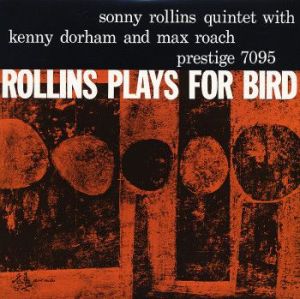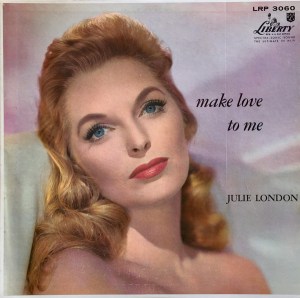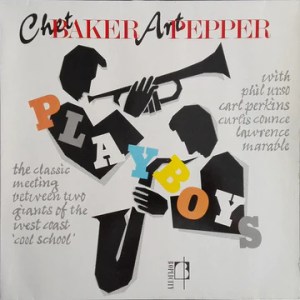
More of the Music of John Coltrane
More Reviews and Commentaries for the Music of John Coltrane
The early OJC reissues of this title are awful, and whatever Heavy Vinyl they’re churning out these days is probably every bit as bad, but — I’m guessing, never played one so don’t hold me to it — in the opposite way.
The OJC is thin and bright, and the modern reissue (I’m assuming, based on playing scores of them) is probably thick, veiled, overly smooth, lacking in space and boosted in the bass — because that’s the sound that audiophiles record buyers seem to like these days.

Without the excellent sounding ’60s and ’70s reissues that we are still able to find in audiophile playing condition, all that we would have available to us with which to do our shootouts would be the originals.
At the big bucks those records go for nowadays, shootouts would simply be impossibly expensive.
So our thanks go to Rudy for doing a good job on these later pressings!
And brickbats to George Horn, who seems to be the guy who cut the original OJC pressings. We like a lot of his work, but in this case he sure let us down.
Forgiveness Held Us Back
Our old system from the 80s and 90s was tubier, tonally darker and dramatically less revealing, which strongly worked to the advantage of leaner, brighter, less Tubey Magical titles such as this one. Pretty much everybody I knew had a system that suffered from those same afflictions.
Like most audiophiles, I thought my stereo sounded great.
And the reality is that no matter how hard I worked or how much money I spent, I would never have been able to achieve the dramatically better sound I now enjoy for one simple reason: most of the critically important revolutions in audio had not yet come to pass. It would take many technological improvements and decades of effort until I would have anything like the system I do now.
Overview
Some OJC pressings are great — including even some of the new ones — some are awful, and the only way to judge them fairly is to judge them individually, which requires actually playing a large enough sample.
Since virtually no record collectors or audiophiles like doing that, they make faulty judgments – OJC’s are cheap reissues sourced from digital tapes, run for the hills! – based on their lack of rigor, among other things, when comparing pressings.
Those who fail to approach the problem of finding top quality pressings with an utter lacks of seriousness can be found on every audiophile forum there is. The youtubers are the worst, but are the self-identified aristocrats of audio any better? I see no evidence to support the proposition.
The methods that all of these folks use do not produce good results, but as long as they stick to them, they will never have to worry about coming to grips with that inconvenient truth.
Reviews R Us
We’ve easily played more than a hundred OJC pressings, and here are reviews for some of the ones we’ve auditioned to date:
To be fair, we may have only had one copy of some of the OJC pressings we reviewed. Perhaps another copy would have sounded better, but we are so familiar with the sonic shortcomings of this series that one bad sounding copy was all we cared to bother with.
It would be hard to justify the time and expense of chasing after records that are unlikely to be much better than the copy we already know to have bad sound. That’s just the reality of the record business. There are so many good records that need auditioning, why bother with the second- and third-rate ones? (We’ve actually played less than 1% of all the newer Heavy Vinyl reissues for the same reason.)
Here are some other records with the same problems as this OJC that you may consider prudent to avoid, including many on premium-priced Heavy Vinyl. At least Fantasy had an excuse for making records that don’t sound good: they were cheap.
If you wasted $65 on a crappy sounding pressing of Stand Up, what else would you feel other than ripped off? Sadly, Analogue Productions does not offer refunds.

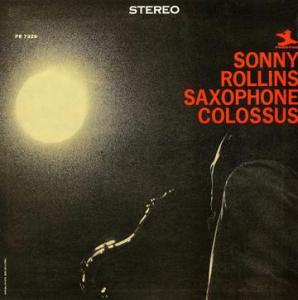
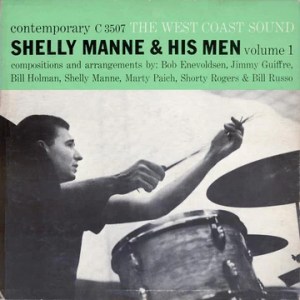
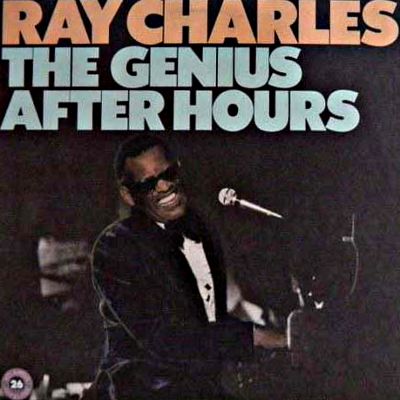
 It sounds like a very high quality mono jazz record from the 50s or 60s.
It sounds like a very high quality mono jazz record from the 50s or 60s. 